Assemble a Pruning Tool Kit
Having the right equipment will help to ensure pruning success. Here are the basic tools to get the job done right.
Tools for your kit
1. Safety glasses are an essential part of any pruning kit. Safety glasses rated for pruning work are labeled “Z87” or “Z87+”.
2. Leather gloves are the best option for protecting your hands against cuts from pruning tools.
3. Bypass pruners should be sharp, clean, and well-lubricated.
4. A full-size pruning saw with a hardened steel blade will be your go-to tool for many cuts.
5. A bonsai saw is optional, but very useful for making finer cuts in tight spaces.
Essential Pruning Vocabulary
Before you reach for your tools, take a moment to review these common pruning terms and definitions.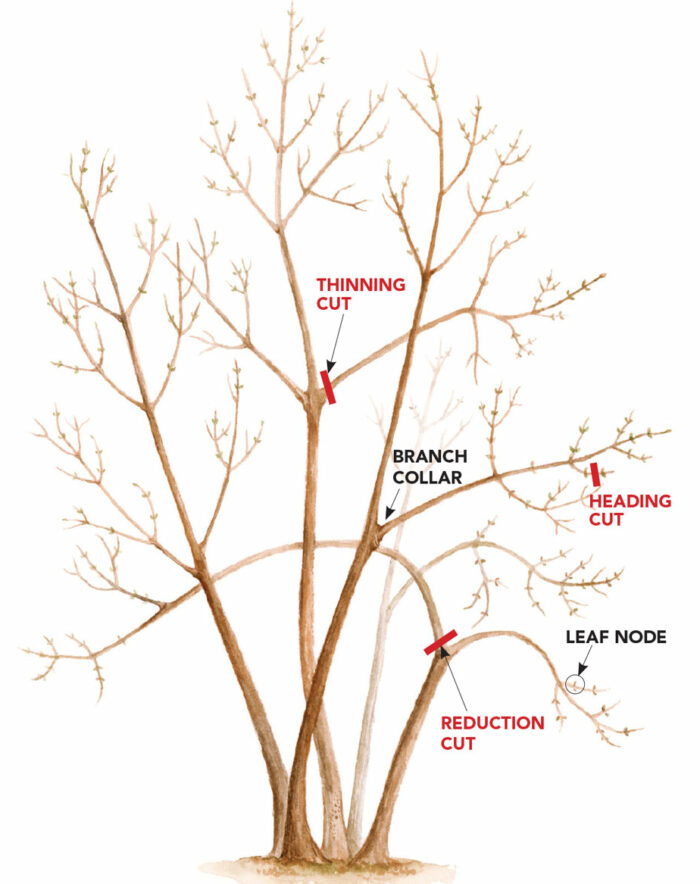
 |
|
| Branch collar. This is the raised area at the base of a branch where it meets the trunk or another branch. It contains overlapping vascular tissues from both the branch and the trunk and should be left intact when a branch is removed to facilitate healing. |
Leaf node. This is the slightly enlarged portion of a stem where buds and leaves emerge. A heading cut should be made at a leaf node, just above a bud or set of buds. |
Three Types of Pruning Cuts
1. A reduction cut shortens a branch through cutting a larger-diameter stem back to a smaller-diameter stem at the branch collar. This cut can be used to take the weight off the end of an overextended branch, making it less susceptible to breakage.
2. A thinning cut removes an entire branch at its base. These cuts allow more light to penetrate the plant’s canopy and encourage the growth of interior branches.
3. A heading cut shortens a branch by taking the end of the branch off just above a leaf node. This cut stimulates growth at the cut end of the branch and should be used very sparingly.
Tip: Cut heavier branches in three steps
Making a series of three cuts will prevent bark from tearing and wood from snapping or splitting while you are removing a large branch.
A. Start by making a ¼- to ½-inch-deep cut on the underside of the branch, about a foot out from where your final cut will be.
B. Make the second cut a few inches further out on the branch than the first. This will cause the end of the branch to fall away cleanly.
C. Make the third cut outside the branch collar or above a leaf node. It should go all the way through the branch.
Jen Kettell is an arborist and horticulturist and the owner of Radiant Leaf Consulting, a firm based in Nattik, Massachusetts, that provides training to green-industry professionals and homeowners.
Photos: Carol Collins. Illustrations: Jessica Daigle
Fine Gardening Recommended Products
Greenworks 40V (185 MPH / 340 CFM / 75+ Compatible Tools) Cordless Brushless Leaf Blower / Vacuum, 4.0Ah Battery and Charger Included
Fine Gardening receives a commission for items purchased through links on this site, including Amazon Associates and other affiliate advertising programs.
2-in-1 BLOWER/VACUUM: Experience powerful blowing and efficient leaf mulching performance. BRUSHLESS MOTOR TECHNOLOGY: Offers 2x more torque, increased power, longer runtime, quieter operation, and extended motor life. VARIABLE SPEED DIAL & TURBO: Features 6-speed settings with a turbo button for ultimate versatility. HIGH PERFORMANCE: Delivers 185 MPH and 340 CFM for efficient clearing of dry/wet leaves and debris. TOOL-LESS CONVERSION: Easily switch between blower and vacuum mode in seconds. 40V SYSTEM: Includes a 4.0 Ah battery and charger, powering over 75 Greenworks 40V tools. UP TO 21 MINUTES RUNTIME: Achieve extended use on a single charge.
FELCO F-2 068780 Classic Manual Hand Pruner, F 2, Red
Fine Gardening receives a commission for items purchased through links on this site, including Amazon Associates and other affiliate advertising programs.
Comfortable, lightweight, sturdy aluminium alloy handles. High quality hardened steel blades, forged aluminium alloy handles, wire cutting notch
Anvil blade with sap groove, rubber cushion shock aborbers. For a medium to large hand, right Handed; the handles have a non slip coating. Lifetime guarantee, all parts replaceable. Ideal pruner for light applications and easily adjustable. Features strong blades with a wire cutting notch. Lightweight metal handles. Blades are made of high-quality hardened steel. Limited lifetime warranty.
Worx WG323 20V Power Share 10" Cordless Pole/Chain Saw with Auto-Tension (Battery & Charger Included)
Fine Gardening receives a commission for items purchased through links on this site, including Amazon Associates and other affiliate advertising programs.
[12’ EXTRA REACH] It takes just a few minutes and no tools to attach the pole. And with a reach of up to 12’ and only 10 lbs., you’ll be able to get to branches and limbs before they become a problem. Please refuel before use, but oil is sold separately. [FAST, CLEAN CUTS] This cordless 20V PowerShare chain saw is as fast and powerful as anything in its class. And with no gas, and no cord, there’s much less muss and fuss. [SAME BATTERY, EXPANDABLE POWER] The same battery powers over 75plus 20V, 40V, and 80V lifestyle, garden, and power tools in the Power Share family. [AUTO-CHAIN TENSION] The automatic, tool-free chain tension system ensures you’ll always have the correct tension for the job at hand. [AUTO-CHAIN LUBRICATION] The automatic chain lubrication system not only makes for smoother, more efficient cuts, but it extends the life of the tool. And the oil level indicator lets you know exactly where you stand. [COMPACT, LIGHTWEIGHT] The saw itself weighs only 10 lbs. You’ll work longer, with less strain on your hands, arms, back, and legs. [PLENTY OF JUICE] These are the same batteries we use on our Jawsaw and in our lawnmowers. They’re powerful enough for those, and powerful enough for a chainsaw.



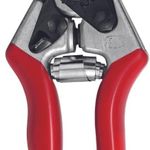
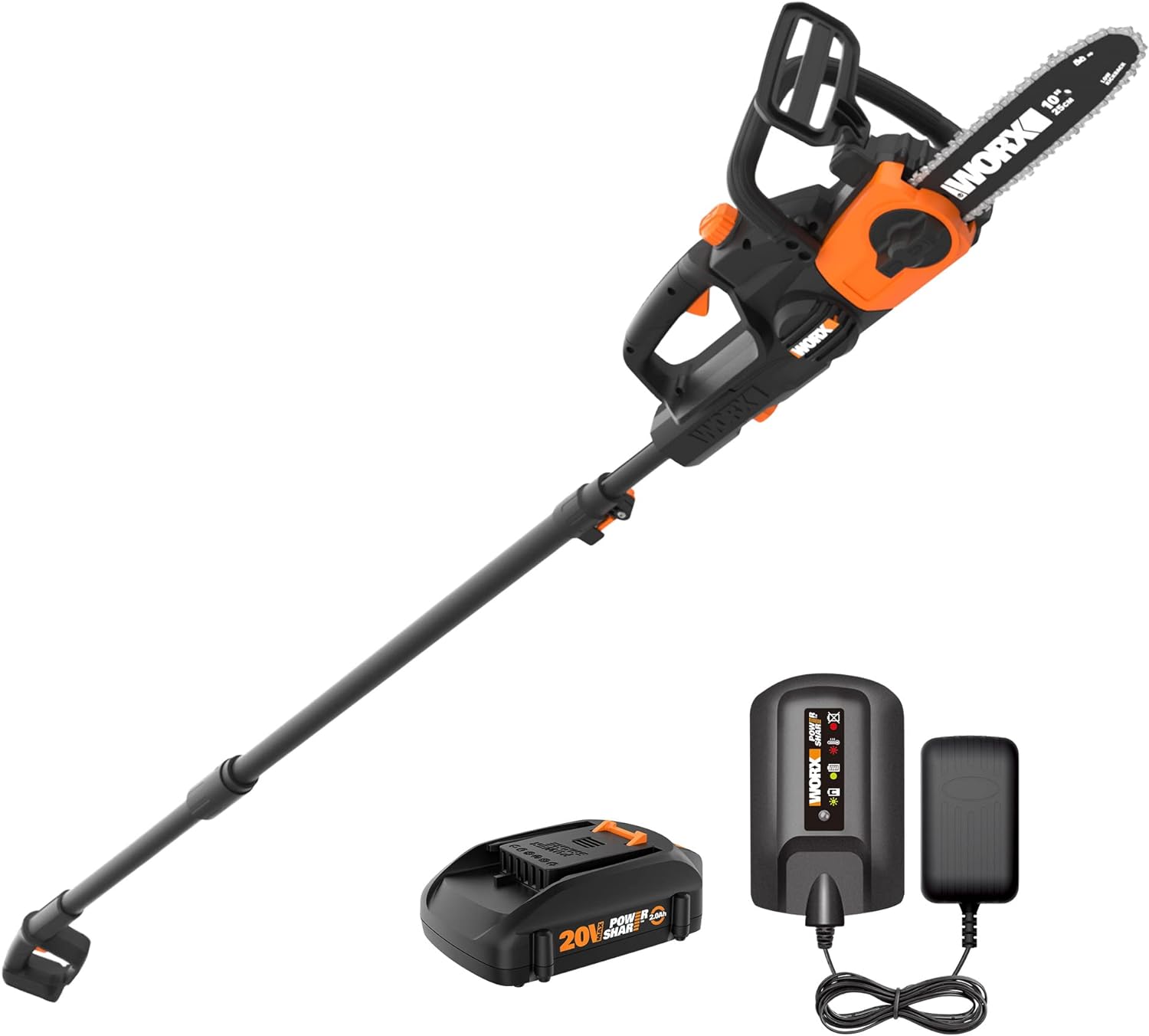



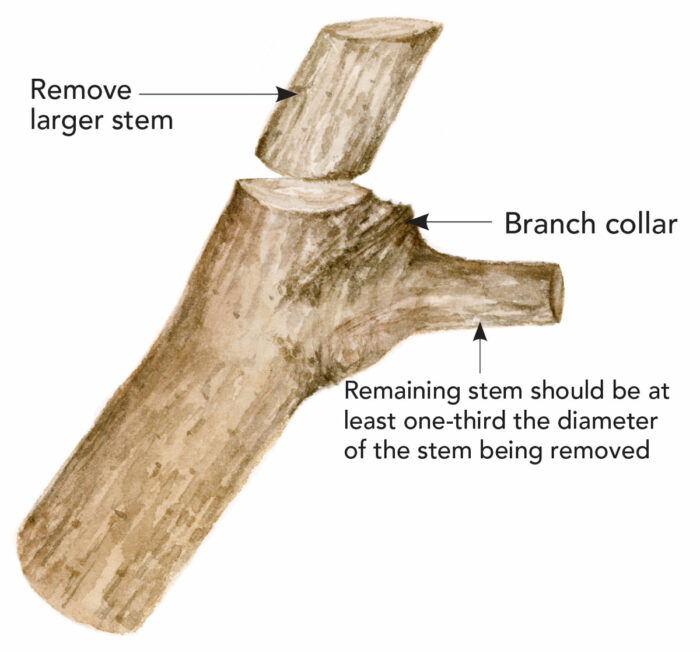
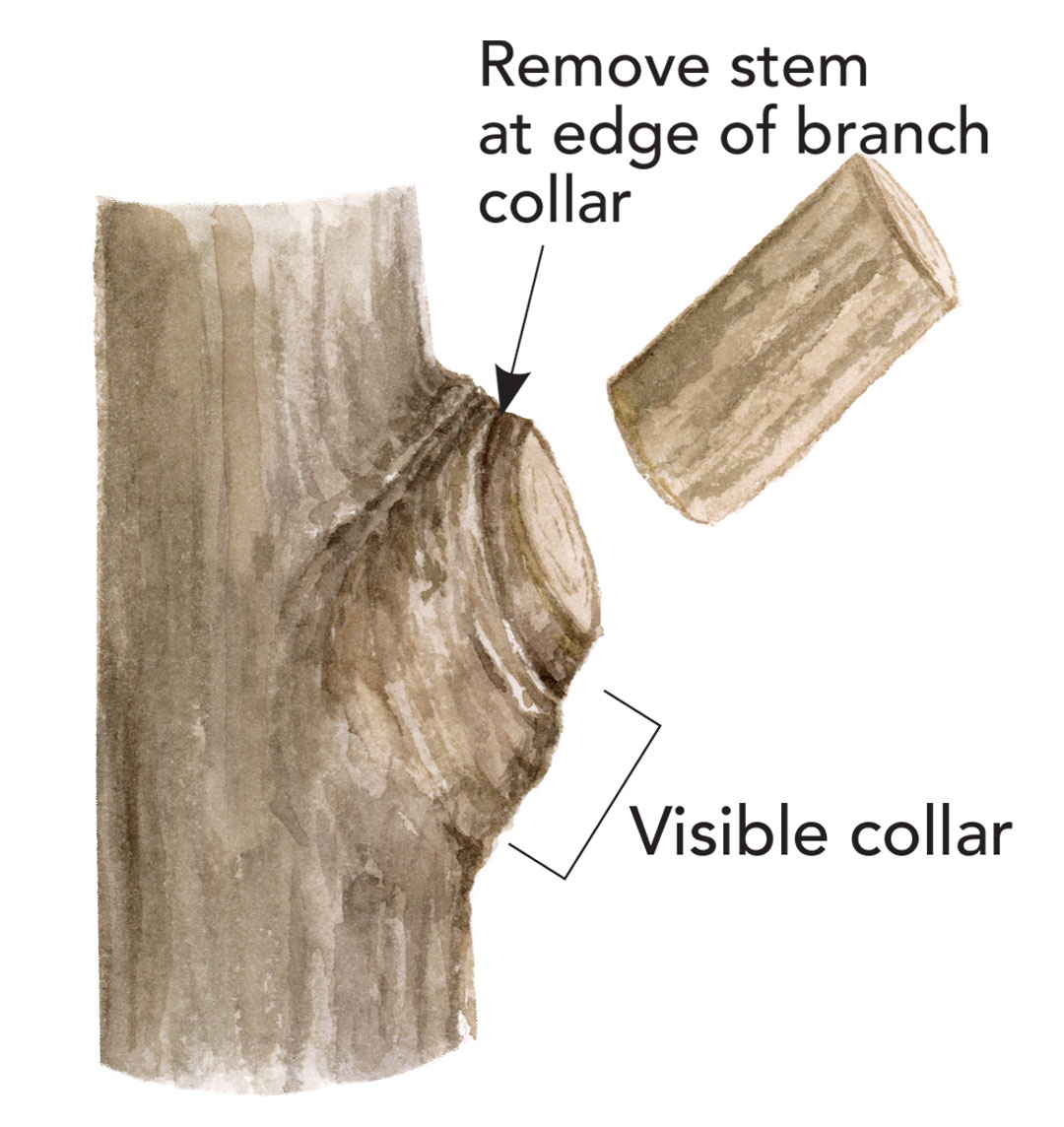
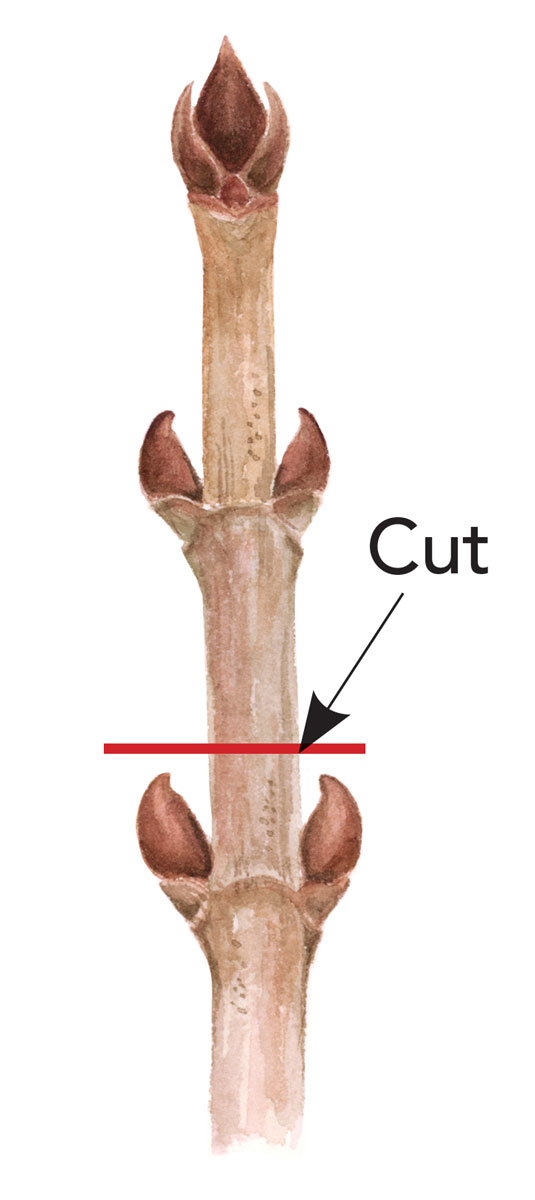
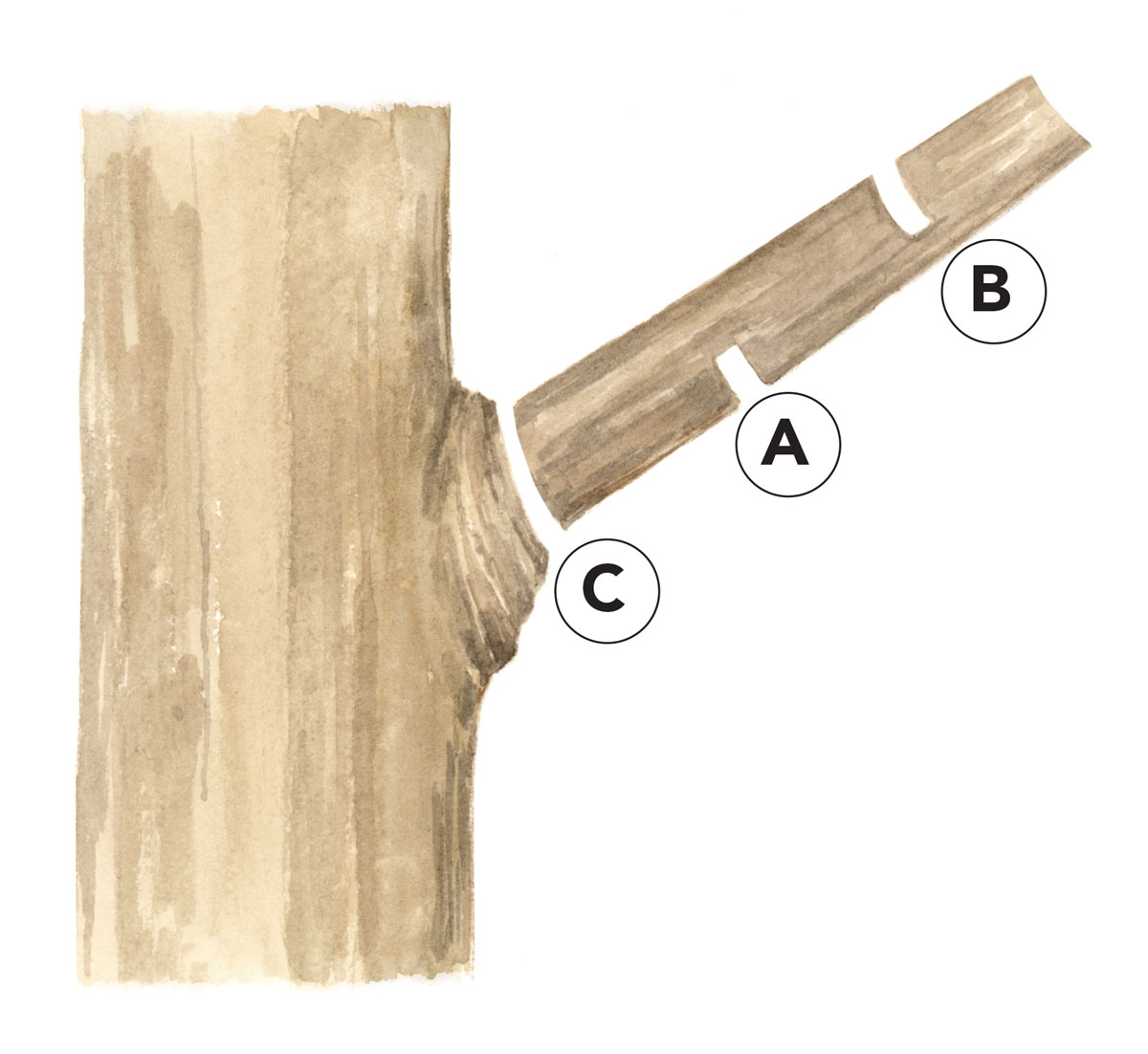

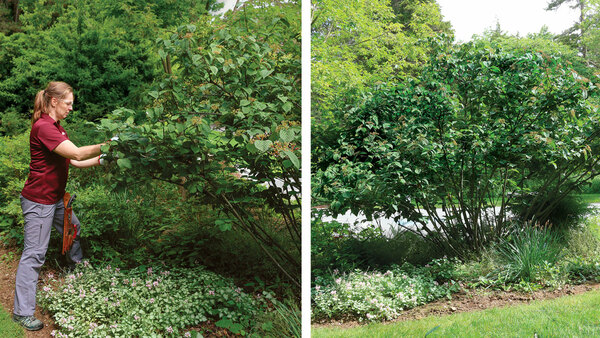
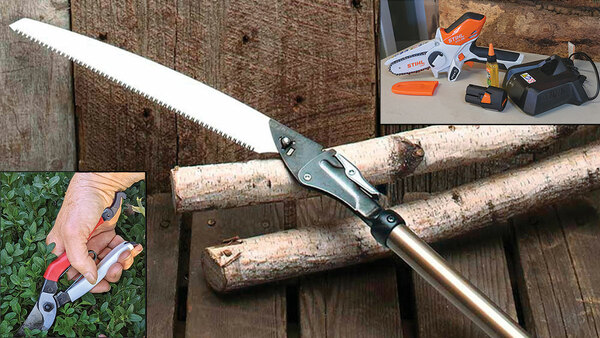














Comments
Log in or create an account to post a comment.
Sign up Log in